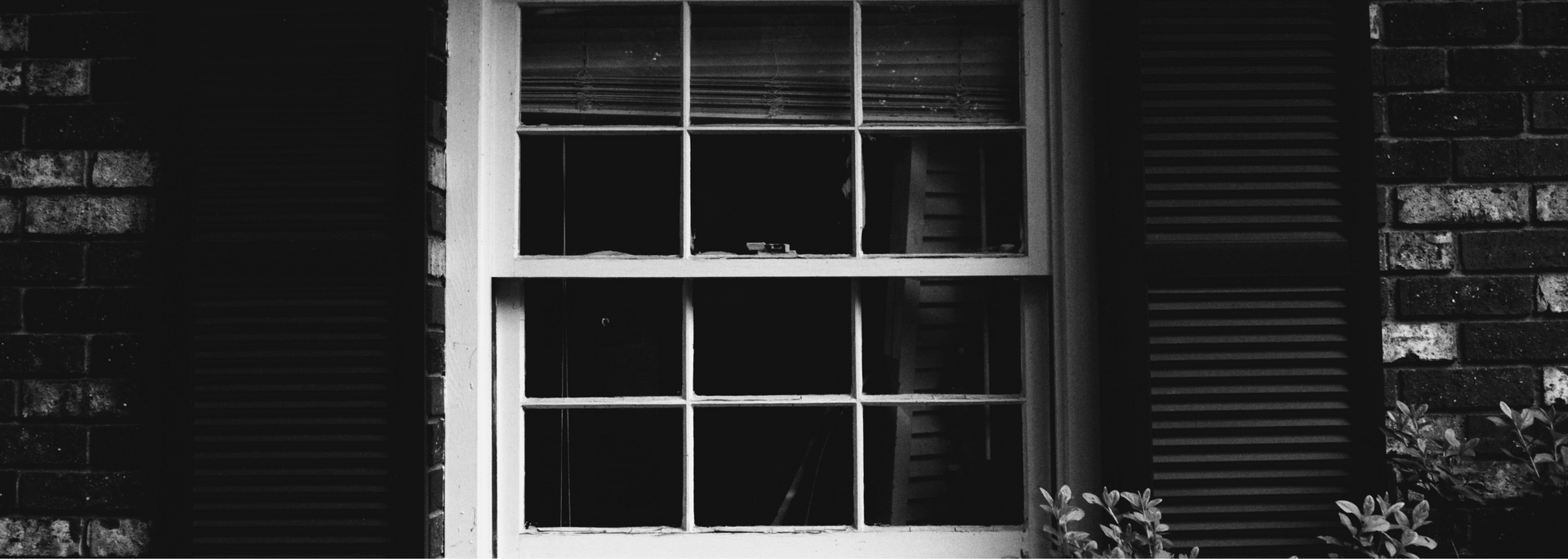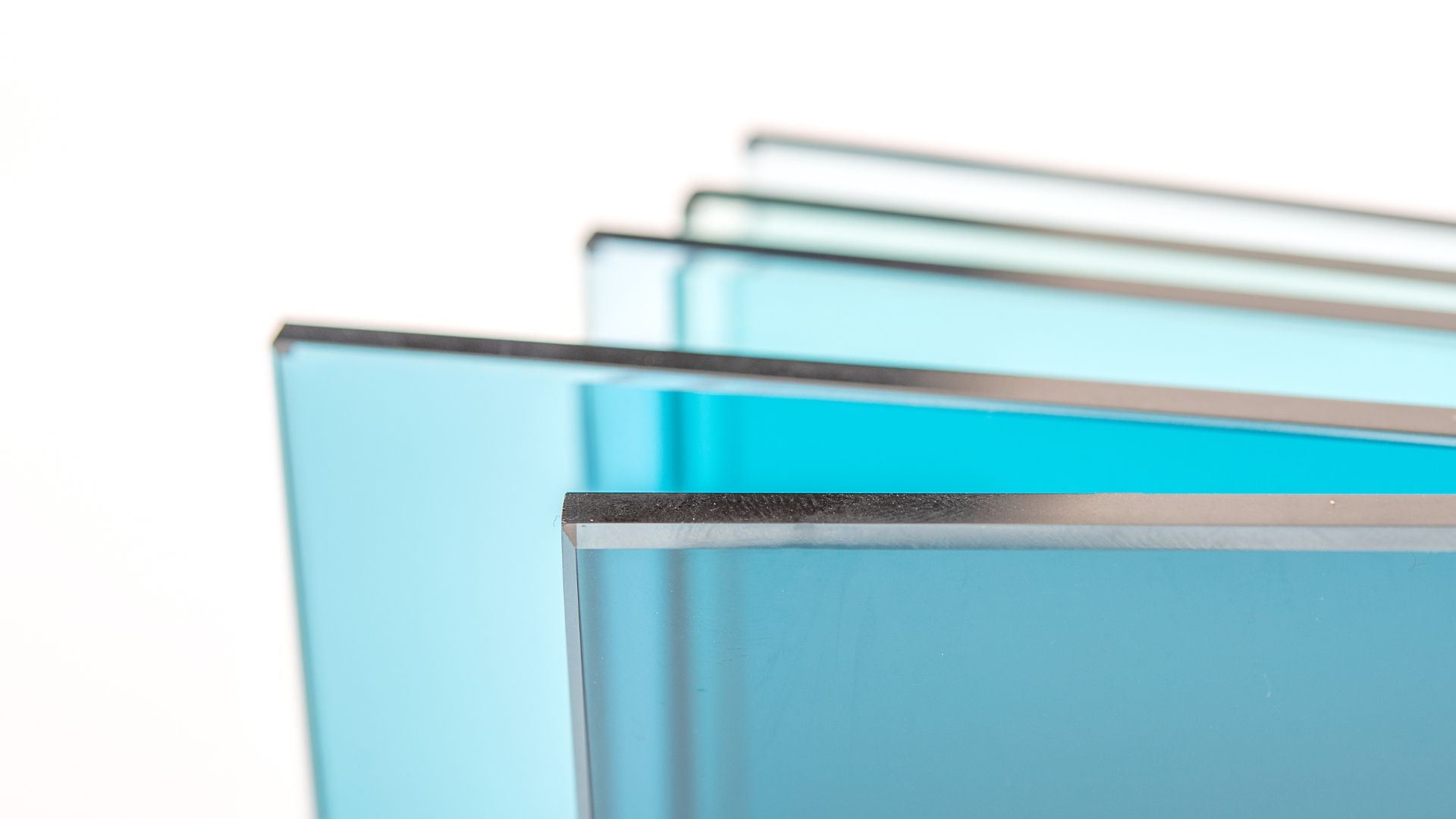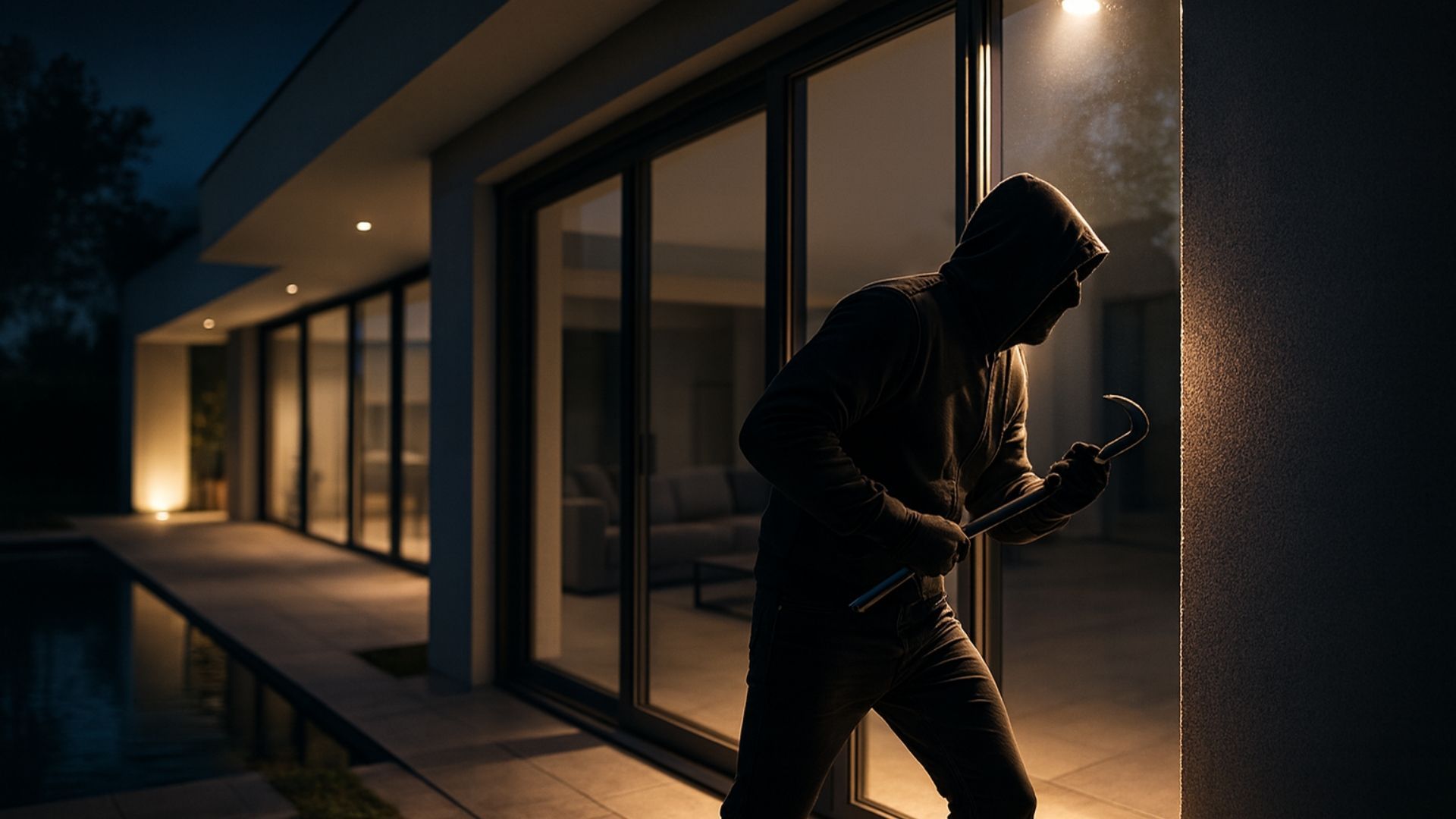Can you soundproof glass without replacing it?
Share this blog:
Looking to soundproof a building without replacing the windows? Discover 5 solutions in our guide.

Are you sick of loud neighbours, traffic or other noise pollution? Do you want more privacy inside your home? Are you a musician worried the neighbours hate you? You may want to look into soundproofing your windows.
"Great!" you think. But an obstacle immediately arises. Do you have to get your windows replaced with acoustic glass?
The simple answer is no. There's no reason why you shouldn't get the peace and quiet you desire without getting the installers in. You just need to know your window and pick your method, making sure not to block ventilation in the process.
That said, good-quality
acoustic glass brings advantages that some of these methods lack. As well as getting a professional installation, you can enhance the energy efficiency and security of your windows.
But before we explore your options for acoustic glass, here are five soundproofing methods you can try – no replacement or installation required.
What kind of windows do you have?
Before you decide on your soundproofing method, you need to know what kind of windows you have. This is because the optimal solution will change from window to window, depending on factors such as size, glazing, the condition of the frame and the sealant type.
A double-glazed window, for instance, will need less soundproofing than a single-pane equivalent. And if you're going to mount materials on or around the window, you need to know its exact measurements along with any awkward or unusual shapes and angles.
You also need to be clear about whether this soundproofing solution is for the short-, medium- or long-term. Are you trying to block out a temporary construction job across the road or permanently muffle the sound coming in and out of the building? This will also affect your choice of solution.
Method 1: Seal gaps and cracks
Sometimes, noise pollution is caused by the thickness (or thinness) of the glass. At other times, however, it's because of gaps and cracks in the surrounding frame.

If your problem belongs to the second category, you can seal the gaps with acoustic caulk or weatherstripping tape.
These materials are applied along the edges and corners of the frame, creating an airtight seal. Weatherstripping tape can also be applied to the gap between the window and the windowsill.
Method 2: Use soundproof curtains or drapes
Soundproofing materials absorb sound. For this reason, curtains and drapes can be a simple and cost-effective way to minimise noise.
Any heavy curtain or drape will do, but specially designed products are available from homeware stores and online retailers.
The biggest drawback is, well, you have to draw them back. They're good for nighttime noise exclusion but won't do the job around the clock.
Method 3: Apply soundproof window film
Soundproofing can be achieved to a reasonable standard by applying adhesive window films directly to the glass.
It does the job and can be cut to size and applied in minutes. If you're not ready to invest in high-quality soundproofed windows, adhesive films can be a decent alternative.
Method 4: Apply clear acrylic panels or carbon panels
Clear acrylic panels can be fitted to your window frame to block sound but not light. They won't block the sound as completely as specialised
soundproofing glass – but if you're just looking to minimise noise pollution, they're a good place to start.
Be aware, however, that clear acrylic panels are effectively an additional window. If you go cheap, you may end up with a solution that lacks both the rigour and the aesthetic appeal of acoustic glass.
You could also explore carbon panels as an option. These are especially good at absorbing low frequencies. However, it's important to note that, unlike acrylic panels, these are black-out screens.
Method 5: Apply foam insulation
If there are cracks in the window frame cavity, you can caulk them with foam insulation. Your best bet is to use foam that expands within the crack to ensure complete coverage.
What are the advantages of soundproof glass?
This might seem like a daft question. The advantage of
soundproof glass is that it soundproofs your home, dummy.

We get your point. But did you know that soundproof glass has other advantages for your home?
It's all because of its structure. Soundproof glass comprises two or more sheets of glass bound together with an acoustic polymer interlayer. This interlayer is invisible to the naked eye. Good-quality acoustic glass is indistinguishable from any other kind of transparent glass.
The primary role of this interlayer is, of course, to reduce any sound coming through the window in both directions. But it also increases the toughness.
It's more difficult to break than ordinary glass, meaning peace of mind with regard to security. And from a safety point of view, it's harder to break. In the event of a breakage, any shards will stick to the interlayer and pose only a minimal safety hazard.
It's also better for heat control. Soundproof glass can help trap heat inside a building. This means you're less likely to reach for the thermostat when it gets cold. This is good for your energy bills and for the planet.
What soundproof glass should I get?
If you're in the market for soundproof glass, there are plenty of options out there. But look, we're not shy about it: our TG AG
acoustic glass is just what you need to improve soundproofing, energy efficiency and security.
Like all of our products, it has the Kitemark stamp of approval and is manufactured in line with BS-EN standards.
We cut it to size right here at our state-of-the-art facilities. We deliver it, too.
TG AG is customisable. It can be
fire-rated, made
switchable,
digitally printed with a logo or other design, made
fit to walk on – in terms of applications, the sky is pretty much the limit.
So, what are you waiting for? If it's soundproof glass you're after,
TG AG is a reliable and versatile choice. Feel free to
get in touch with any questions or request a quick, competitive quote.









